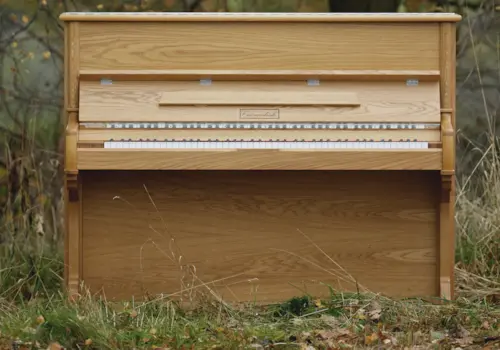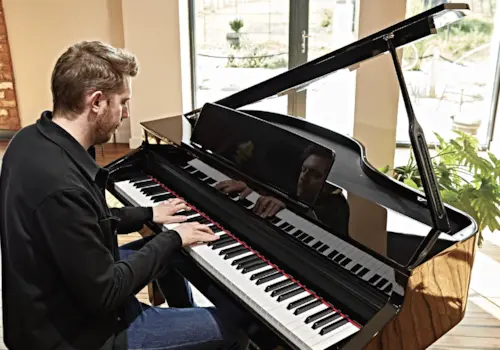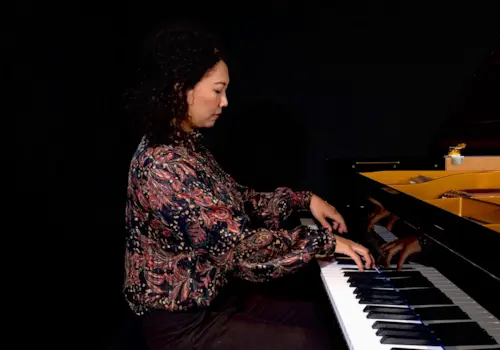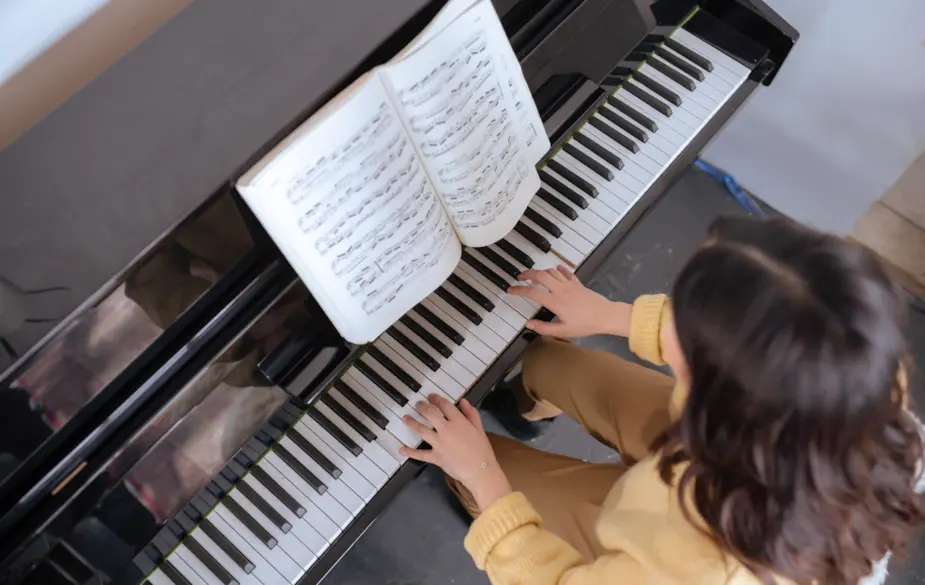Phrasing – we often hear – is at the heart of musicianship. But what exactly does ‘phrasing’ mean? What are its elements? What constitutes persuasive phrasing? Most importantly, how can you learn to make effective phrasing decisions?
In this article we will provide an introduction to phrasing, and offer some practical concepts that can help you make your interpretations more compelling and engaging. We will also look at Brahms as a musical example and how we would begin to phrase his music.
Let's get stuck in!
What is musical phrasing?
As pianists, we are often preoccupied with playing the correct notes dictated within the score, especially as the music we play becomes more and more technical and complicated. How we play those notes and the musical decisions we make not only impacts the overall sound of the piece but is also how we express ourselves creatively as pianists.
These phrasing decisions are not only how we interpret the music but how we communicate an emotional message to the audience. Phrasing music can take many forms: It can be how strict we are with the tempo, how we use rubato, articulation, dynamics, and so much more. We often use phrasing to provide the following three musical elements:
- Clarify what’s in the music
- Emphasize important passages, notes, or ideas within the music
- Direct where the music is going. Are we moving forward, backward, or staying static within the musical journey of the piece?
How singing can help with phrasing
Nearly all of the greatest composers of piano music also composed vocal music. Considering the voice is our most natural instrument, studying the contours of vocal phrasing can provide us with vital information on how to shape lines at the piano.
Singing a phrase gives suggestions on how you may want to phrase a passage or melody line on the piano in a way that sounds natural. Where do you sing the loudest? The quietest? Where do you take a pause for breath? Do you hold a certain note longer than another?
These are all ideas that can be brought to the piano when thinking about how to phrase a piece of music.
How is phrasing in music like a language?
Music is often described as a language. When looking at phrasing this becomes apparent as to why. Phrasing is how we play smaller passages of material within larger forms – it’s akin to grammatical structures in language.
The way we phrase music depends on the era the composer lived and the style of the piece. We should ask ourselves what a composer’s intention was in composing the piece, and what instrument they were writing for.
Do the sections repeat or not? What do the repeats mean? Is the piece a journey from point A to B, or is it more circular in form? Are certain melodies evocative of the human voice? Are other instruments being imitated? As we answer these questions and more, we’ll develop more conviction in how to phrase at the piano.
Also similar to language, you can same the same thing a variety of different ways. The way you say something can even change the meaning or how it is perceived. You can say something with a tone that is happy, angry, sarcastic, surprised, or however really. People pick up on this and they do similarly with music, the audience can read the tone of what’s being played.
Phrasing in Brahms

©C. Brasch, Berlin. Public domain
Brahms consciously evokes the human voice in his piano music, notably in the slow movements of his second and third sonatas. His Intermezzo in A major Op 118 No 2 (available to view for free via the link) is in ‘ternary’ form, which consists of three sections: the ‘A’ section from bar 1, the ‘B’ section from bar 49, and a return to ‘A’ in bar 76. When this ‘A’ section returns again later in the piece, try using varied phrasing so while it is a return to a musical idea we have heard previously, it also sounds new.

The Intermezzo is mostly legato and features dynamic change. Two voices are singing in harmony in the right hand, as indicated by the stems pointing in separate directions. These voices should be differentiated, with slightly more prominence given to the top voice. Since that top voice is going to be at the forefront, try singing that voice to find how you’d like to phrase it.
How to incorporate this information into your playing
- Try singing sections and use that to help phrase the music
- Try to experiment with all the different ways you can play a particular passage
- Try thinking of a story the music is telling and use phrasing to help you bring that programmatic vision to life
Lastly, I think it’s beneficial to look at a pianist you admire, and listen to the phrasing decisions they make while playing. Listen along to the performance below of the Intermezzo from Seymour Bernstein as you look at the score. Scribble in any phrasing you might notice onto your score.
Remember, making music is not just a matter of playing the notes dictated on the score, but rather how you play them and the intention behind it.
This lesson segment comes from Leann Osterkamp’s course, 'The Core Elements of Learning Repertoire', on tonebase Piano. tonebase is an excellent resource for the classical musician that offers hundreds of lessons, courses, and interviews with renowned pedagogues and GRAMMY award-winning pianists. You can watch part of Leann Osterkamp's video on piano phrasing below.








